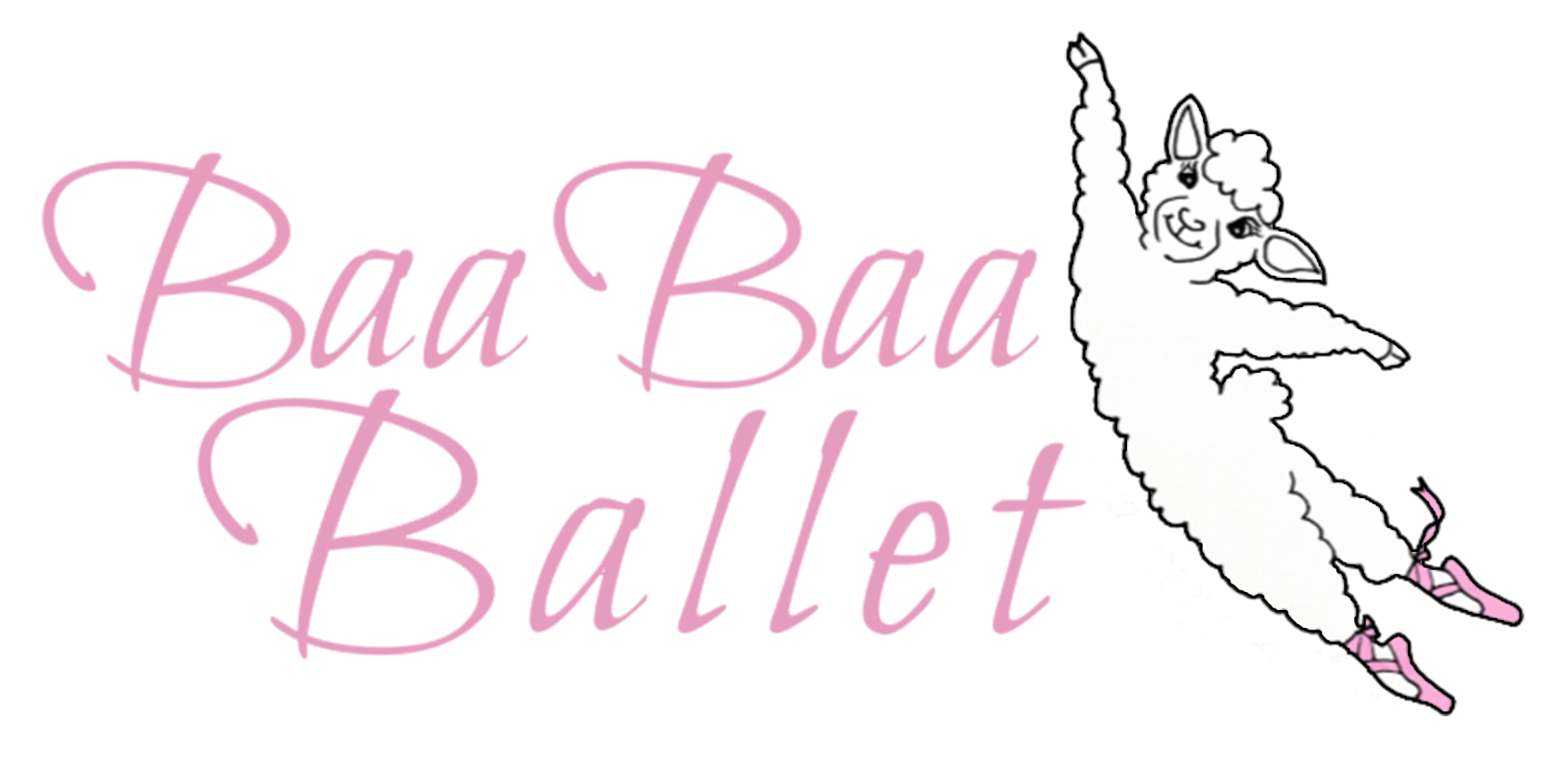
Pointes and Perspective #6 Hold the Sugar!
Let's get right into today's discussion,
“Hold the Sugar!”
Using an Effective Teaching Voice
Where I will share how important your Teaching Voice is in communicating with your preschool students!
~
It is not only our physical presence, and nonverbal cues, that are important in the classroom. Students are also highly affected by our voices.
Effective communication is more than choosing the right words. Your teachings can be completely lost in translation if your students sense that what you are saying isn't matched by your tone of voice. This is especially true for our youngest preschool dance students.
~
Speaking using an overly sing-song, high pitch voice, is not the best way to communicate with your students. While “parentese”, a style of speaking that features a higher pitch and drawn-out vowels, is associated with improved speech and language development in infants, it is not suggested later when you wish to maximize your preschooler’s potential.
I remember when I first started teaching, a colleague suggested that I should speak to my students how I wished to be addressed, with maturity and respect, and that they in turn would do the same. Including, they added, the very youngest students. Treat them like little adults and they will act that way! I learned right then and there, to speak to my preschool students the same way I address all of my students!
~
Researchers suggest that parents and educators should simply speak calmly and clearly. A voice that is thinner is more difficult to hear. And a voice that appears uncontrolled can often lead to uninvited chatter and misbehavior. On the other hand, using a warm and affectionate tone of voice helps reassure and comfort preschoolers. A calm tone creates a nonjudgmental environment where appropriate behavior can be effectively promoted.
~
As Lesley Hendy suggests in The Importance of Voice Modulation in Teaching, you should develop a vast tonal range, giving you a great vocal ‘toolbox’. For example a softer, friendlier tone when teaching and explaining. Or a matter-of-fact voice when setting boundaries or expectations. Or even a strong, influential tone to uphold behavioral boundaries. Using overly high pitches, excessive intensity and loudness can change the overall message of a simple correction. Use an effective tone when a child's attention wanders, or you are giving guidance or discipline. A calmly powerful and well-articulated voice will effectively guide their attention back to where it should be placed.
You can further enhance your verbal communication by using a variety of pause, pace and inflection. Don’t rush in your teachings. Speaking quickly lacks these variations, and is very difficult for anyone, especially our preschool students to understand. Speak smoothly and purposefully.
~
As Martin and Darnley explain in The Teaching Voice, “Voice quality is very influential in the impressions that individuals give and receive.” What kind of impression is your voice making? Do you overuse a high-pitched, hard-toned, shouty voice or is your voice in control? What sound does your voice make? A properly-placed voice conveys control and authority. Use a voice that is comfortable to listen to, and makes students want to hear more of what you have to say! And by all means, let’s avoid the sticky sweet, high pitched, sing-song voice - and Hold the Sugar!

